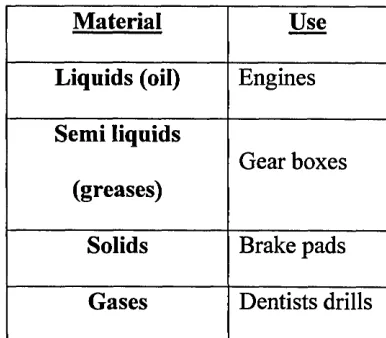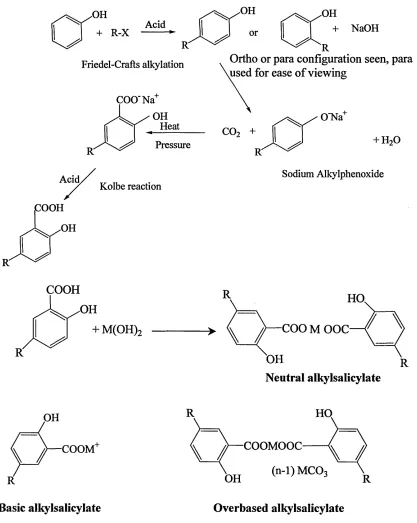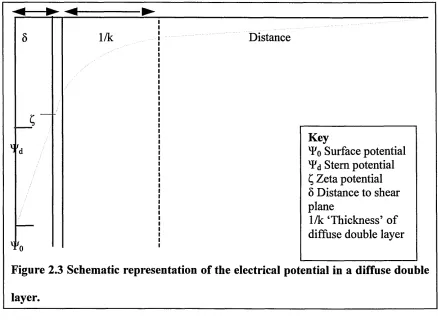Capillary electrophoresis in the analysis and characterisation of lubricant additives
Full text
Figure




Related documents
Two samples were collected from each cat, first sample was preserved in formalin (10%) and second one conserved in phosphate buff- er saline (PBS) solution in
We report the aquatic Coleoptera (families Dryopidae, Dytiscidae, Georissidae, Gyrinidae, Heteroceridae, Hydraenidae, Hydrophilidae and Limnichidae) from North Oman, mostly based
Figure 7: The correlation for the knee joint between relative bone volume (BV/TV), trabecular number (Tb.N.), trabecular thickness (Tb.Th.) and body weight shows an increase in
In Timi ş and Arad counties the milk was significantly lower in total solids than in Cara ş -Severin County (12.6% vs. 13.2%), but somatic cell count was higher, exceeding the
Data on date of initial registration, sex, age, management problems, time of bite and body condition of bitted donkeys were collected from Donkey health and welfare project (DHWP)
The empirical results reached by the paper are based on analyzing a sample of 1,100 U.K listed non- financial firms for period 1991-2001 shows no
The ultrasonic features and the clinical manifestations of the two groups were retrospectively analyzed, with an emphasis on the following parameters: onset age, gender
These included intended purposes of the mission statement, standards for faculty staff, requirements for clinical training by students, program budgetary autonomy and transparency,





